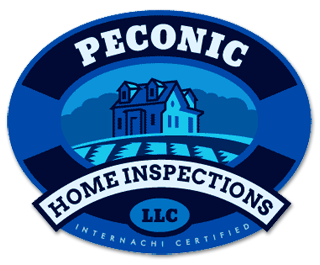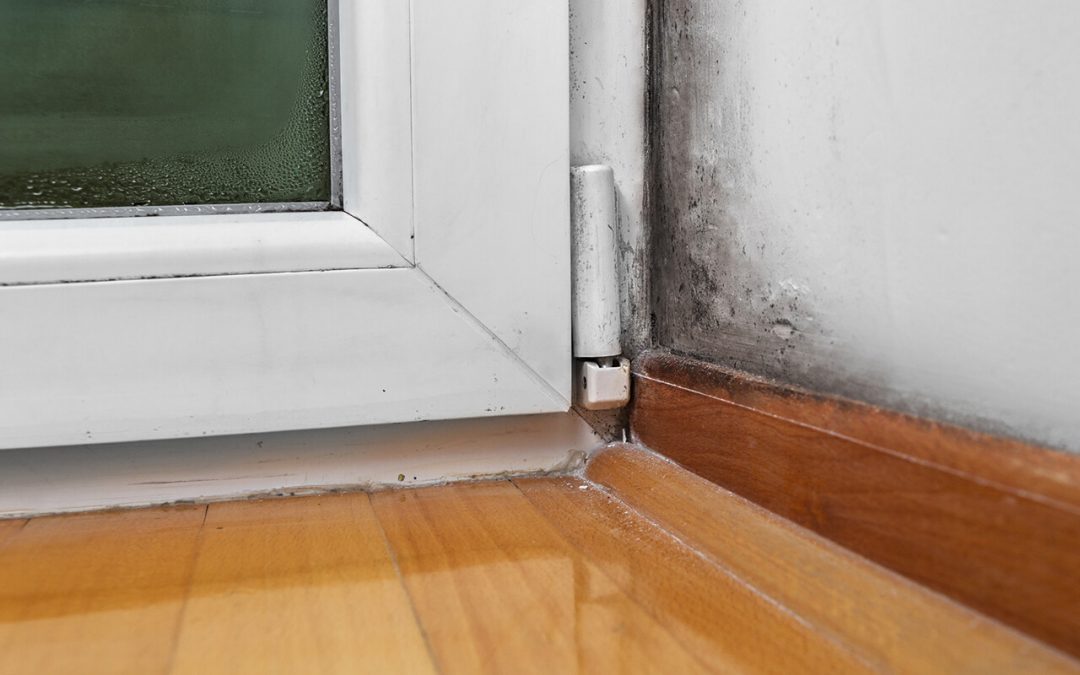Five Signs of Mold Growth
There are a few things that you’ll notice with mold in a home. If you see any of these signs, take steps to mitigate the problem and prevent mold from spreading.
• spots on bathroom tiles or grout turning black
• streaks or spots on walls or ceilings
• darkening or discolored areas on the foundation
• discoloration on the roof or in the attic
• a musty smell in carpet or flooring
Assessing the Mold Problem
Most people recognize the visible signs of mold and a bleach and water solution will usually clear it up. However, when mold starts to develop in porous materials like roofing, flooring, walls, and ceilings, the problem becomes more difficult to treat. While a bleach and water combination can help surface mold, if the mold has spread to these areas of your home, the affected materials will need to be treated or replaced.
Signs of Mold on Roofs and in Attics
One of the most common places to remove mold is from the roof. Signs of too much moisture may first appear as green moss or black spots on shingles. A professional power-washing will clear the roof of the mold growth.
If signs of mold also appear in the attic, moisture and mold have likely permeated the roof tiles and the subroof. If this is the case, the underlayment and roof deck may need to be replaced in the section where mold has taken root. Consult a professional to determine what repairs are needed.
Basement and Foundation Mold
In most cases, the foundation can easily be treated for mold because of concrete’s durability. Getting rid of foundation mold is a relatively simple process as long as it’s caught early and any ongoing moisture problem is fixed. You can remove small areas of mold yourself with a fungicide, but you should hire a professional remediator to tackle larger areas so it doesn’t spread further during cleanup.
Mold on Sheetrock and Carpets
If mold has penetrated walls and carpets, you will need to remove the source of moisture and completely replace the sheetrock or carpeting that is mold-infested.
Getting to the Problem Early
At the first signs of mold, address the problem that caused it in the first place. When cleaned and treated properly, you’ll prevent the mold from growing and spreading. The key to preventing mold is to address the moisture intrusion in the affected area.
Drying out the area is the first step to stop the problem. Once this is done, mold can be treated with a bleach and water combination or a mold removal spray. If the mold growth is too widespread to be safely removed by the homeowner, it’s best to hire a professional mold remediation company.
Peconic Home Inspections provides home inspection services, including mold testing, to the east end of Long Island, Suffolk County, and surrounding areas. Contact us to schedule an appointment. We will help you determine if mold is present in your home and discuss ways to prevent it in the future.

